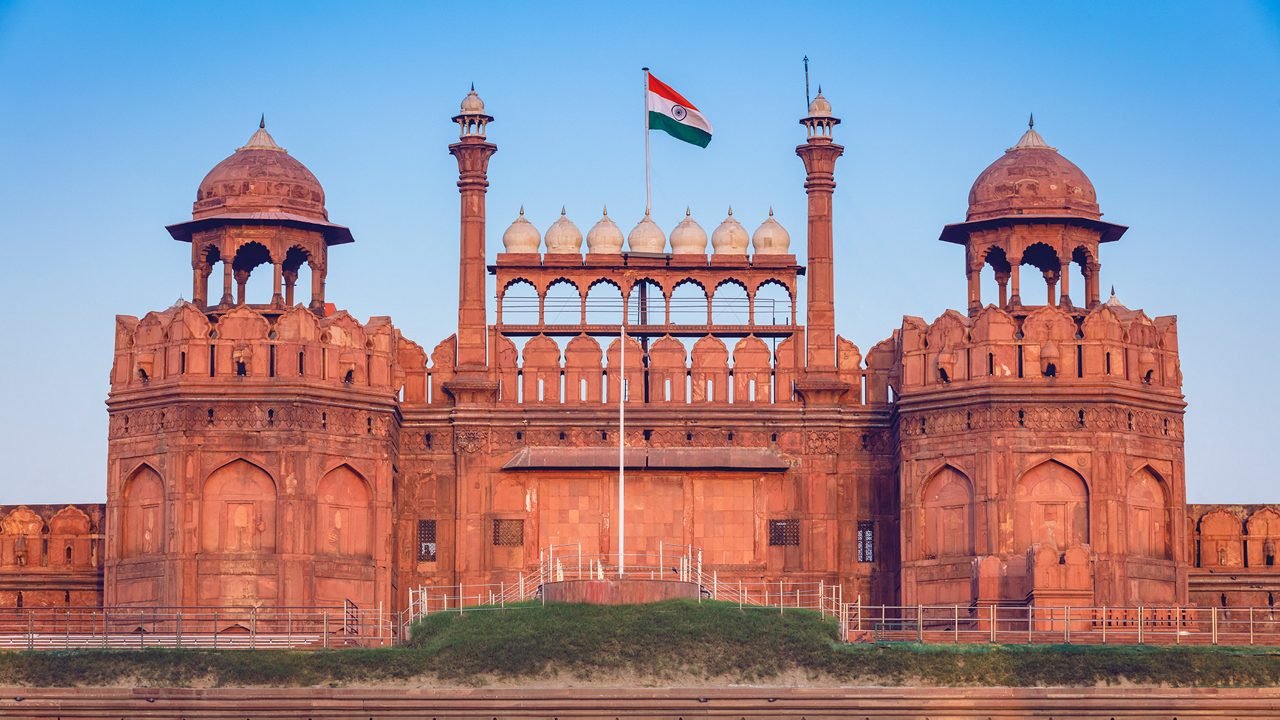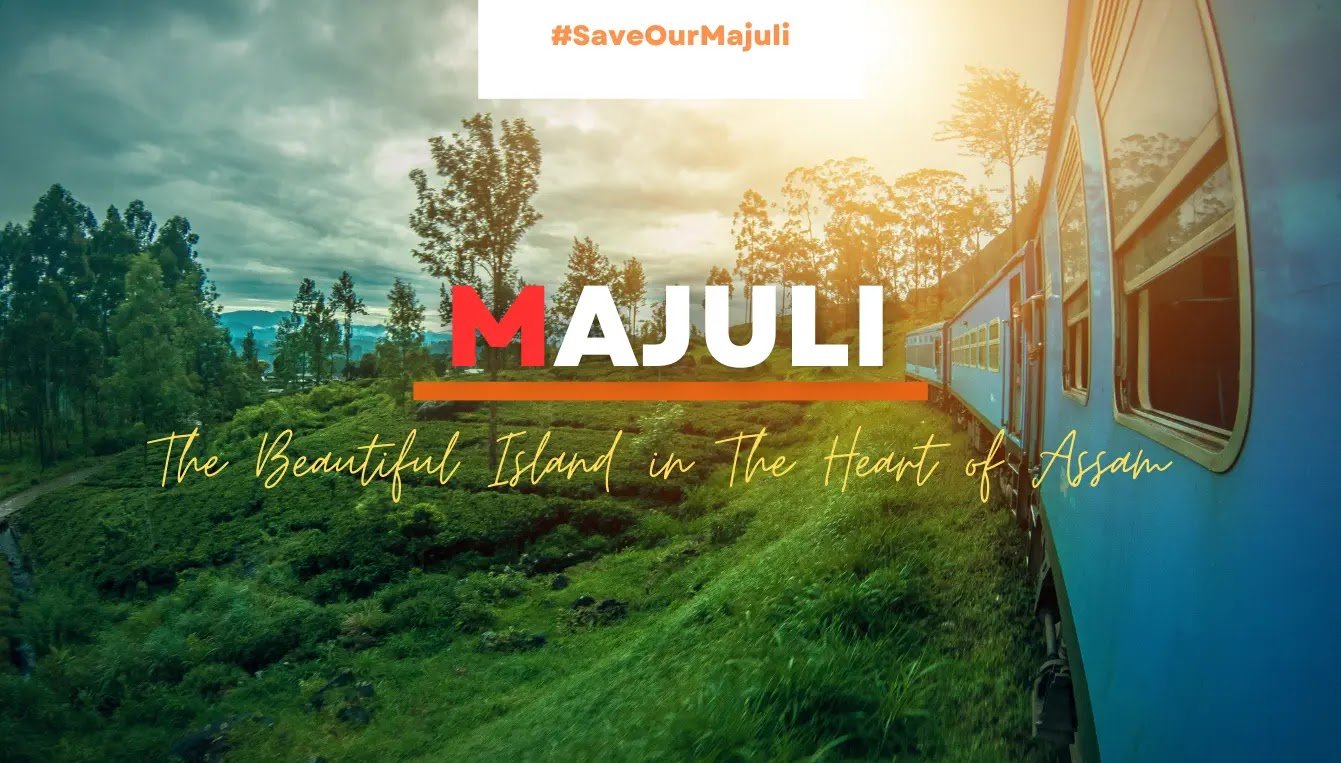Delhi 6, also known by its postal code 110006, is a lively part of Old Delhi where history, culture, food, and tradition blend into an unforgettable experience. Shahjahanabad is a walled city, built in the 1600s. Every street in Delhi 6 narrates a tale. Every turn ranges from colorful markets to historic buildings, and mouth-watering food.
The History of Delhi 6 – Where the Past Lives On
Delhi 6 is steeped in Indian history. The area was founded as his capital by the Emperor Shah Jahan, who built the Taj Mahal in the 17th century as Shahjahanabad, which forms the heart of Old Delhi today. There are still many grand buildings from that period. Walking through Delhi 6 is like walking through a living museum. Riddled in every brick and building is the richness of the Mughal past.
Architectural Wonders of Delhi 6 – Beauty That Lasts Forever
Red Fort – A Symbol of Mughal Power
This UNESCO World Heritage Site was once a residence of Mughal emperors. Inside are grand halls like Deewan-e-Aam and Deewan-e-Khas, where rulers met with ministers and guests.
Jama Masjid-India’s Largest Mosque
Just a stone’s throw away is the magnificent Jama Masjid, welcoming thousands of visitors every day. The serene and sacred atmosphere is lively with minarets soaring above and white and red domes contrasting with the azure skies above.
Old Havelis-Ancient Homes with Hidden Stories
In the lanes of Delhi 6, you will find beautiful old homes called havelis. Some of them are quite dilapidated with age, but their chiseled wooden doors, courtyards, and balconies speak tales of a royal past. Haveli Dharampura and Chunnamal Haveli are perfect examples.
Street Food in Delhi 6 – A Feast for the Senses
Delhi 6 is world-famous for its food. It is a dream come true for food lovers. The flavors are bold, spicy, sweet, and unforgettable.
Karim’s – Royal Recipes Since 1913
Near Jama Masjid, Karim’s serves Mughlai dishes like kebabs, korma, and biryani that trace back to royal kitchens. Every bite is rich with history and flavor.
Paranthe Wali Gali – The Street of Stuffed Breads
This famous street is lined with shops selling paranthas filled with unique ingredients—potatoes, cottage cheese, bananas, or even sweets like rabri. Served with chutney and pickle, these paranthas are a must-try.
Sweet Shops – Old Delhi’s Sugary Treasures
Don’t leave without trying the giant jalebis from Old Famous Jalebi Wala or the rich sohan halwa from Ghantewala, one of Delhi’s oldest sweet shops.
Markets of Delhi 6 – Colorful, Crowded, and Full of Surprises
Shopping in Delhi 6 is as magical and, most importantly, brings with it the very opening of the treasure chest. Each market has a special charm and brings forth its own unique items.
Chandni Chowk-The Main Bazaar of Old Delhi
This is the location for all the markets in Delhi 6. What it can boast of is silk sarees, gala dresses, spices, and books, and the list goes on. It’s crowded but thrumming with energy and excitement.
Dariba Kalan-The Silver Lane.
Known for silver jewelry and accessories, Dariba Kalan is a great place to source fascinating ornaments, bangles, and antique items.
Khari Baoli- Asia’s Biggest Spice Market.
Indian spices almost fill the air with their strong smells. From turmeric to saffron, this market is a treat for the senses.
Ballimaran Walk Through Poetry and Eyewear.
It was famous for many years as the house of the famous contemporary poet Mirza Ghalib, and this area is now full of shoes and eyeglass frames. That’s where poetry and trade meet.

Religious Places in Delhi 6 – Peace in the Middle of the Chaos
Delhi 6 has many places of worship, showing how people of different religions have lived and coexisted here for centuries.
Sis Ganj Sahib Gurudwara – A Sikh Symbol of Valor
This Gurudwara was built at the place where Guru Tegh Bahadur, the ninth Guru of the Sikhs, was executed. An emblem of valor, faith, and community service, it stands in grandeur.
Gauri Shankar Temple – A Place of Worship for Hindus
Situated not far from Chandni Chowk, the temple, which is over 800 years old, receives its fair share of visitors seeking peace and praying.
St. James Church – Echoes of Colonial Delhi
This lovely church, established in 1836, is one of the oldest churches in Delhi and bears witness to a different time of history amidst the emergence of British-style architecture.
Festivals in Delhi 6 – A Year-Round Celebration
Festivals come alive in a very different way in Delhi 6. Streets light up, shops remain open, and life becomes an environment of happiness.
- On Eid, the great Jama Masjid area is abuzz with activity on account of food as well as prayers.
- The markets are illuminated during Diwali with lamps and bursting firecrackers.
- Holi washes the thoroughfares with color.
- The Ram Leela near the Red Fort is a big, grand retelling of the life of Lord Rama.
Heritage Walks in Delhi 6 – Discover the City’s Secrets
A few companies conduct expert walks that penetrate deep into the soul of Delhi 6.
- Food walks allow sampling of many dishes in one evening.
- Spice tours teach ancient ingredients.
- Poetry walks let you wander through the lanes where Ghalib wrote his couplets.
Delhi 6 Today – Saving History While Living Modern Life
Delhi 6 is not only about the past. Rather, it is also part of contemporary Delhi, but saving its charm is a challenge. Old buildings need care, streets need cleaning, and traffic should be controlled.
Several initiatives are being undertaken by the Archaeological Survey of India, local associations, and the Delhi Government to restore old buildings, clean the streets, and bring conscientious tourism to the area.
Conclusion
Beyond mere geography, Delhi 6 is an outright destruction of the heart in Old Delhi, teeming with tales, flavours, colours, and spirit. Whether you are wandering through its frenzied mala, gorging on spicy food, or simply hanging on a haveli window to watch the world drift by, Delhi 6 leaves imprints on the heart.
Also Read: Cartel Road Mumbai: The Truth About Mumbai’s Infamous


